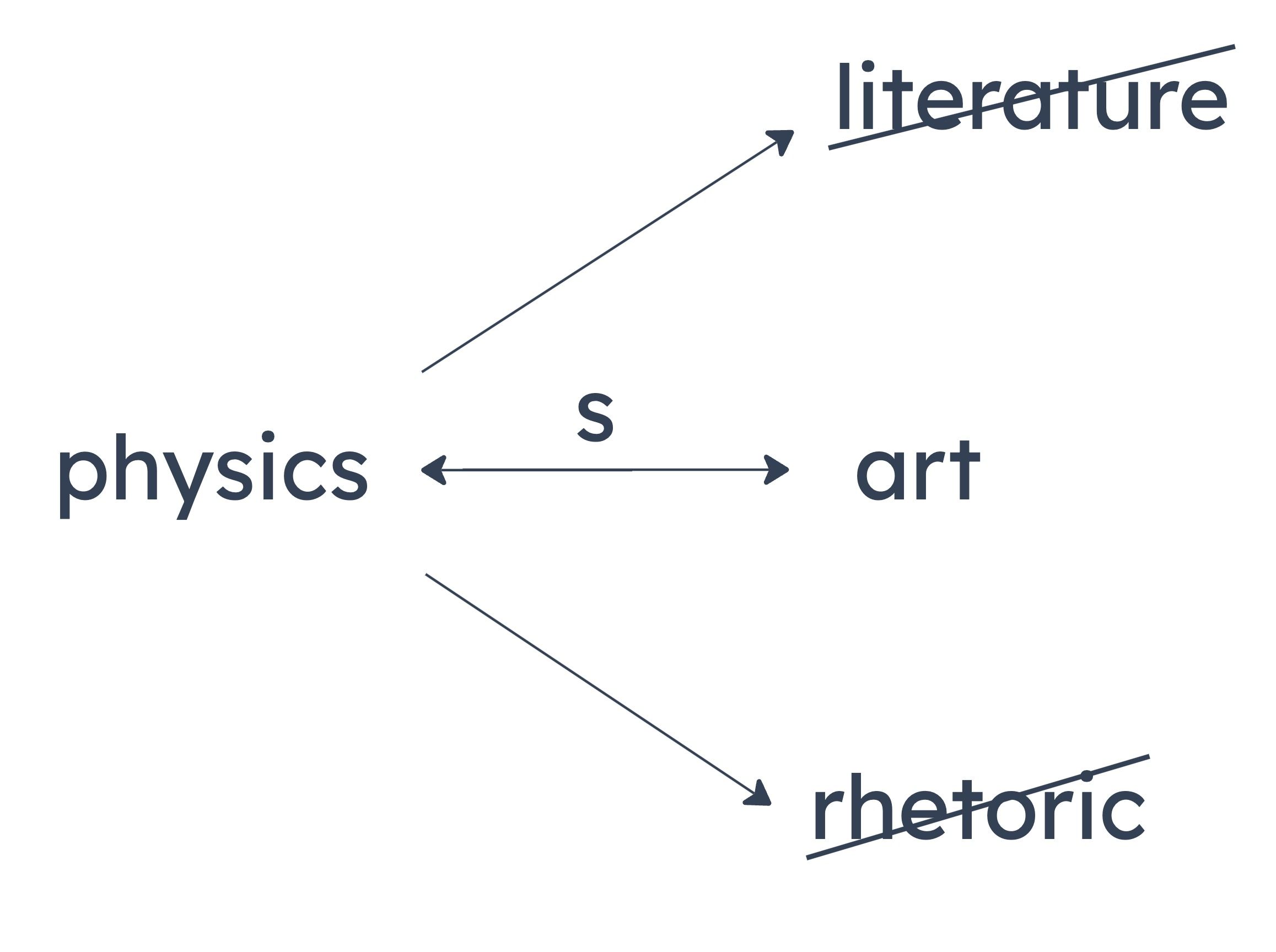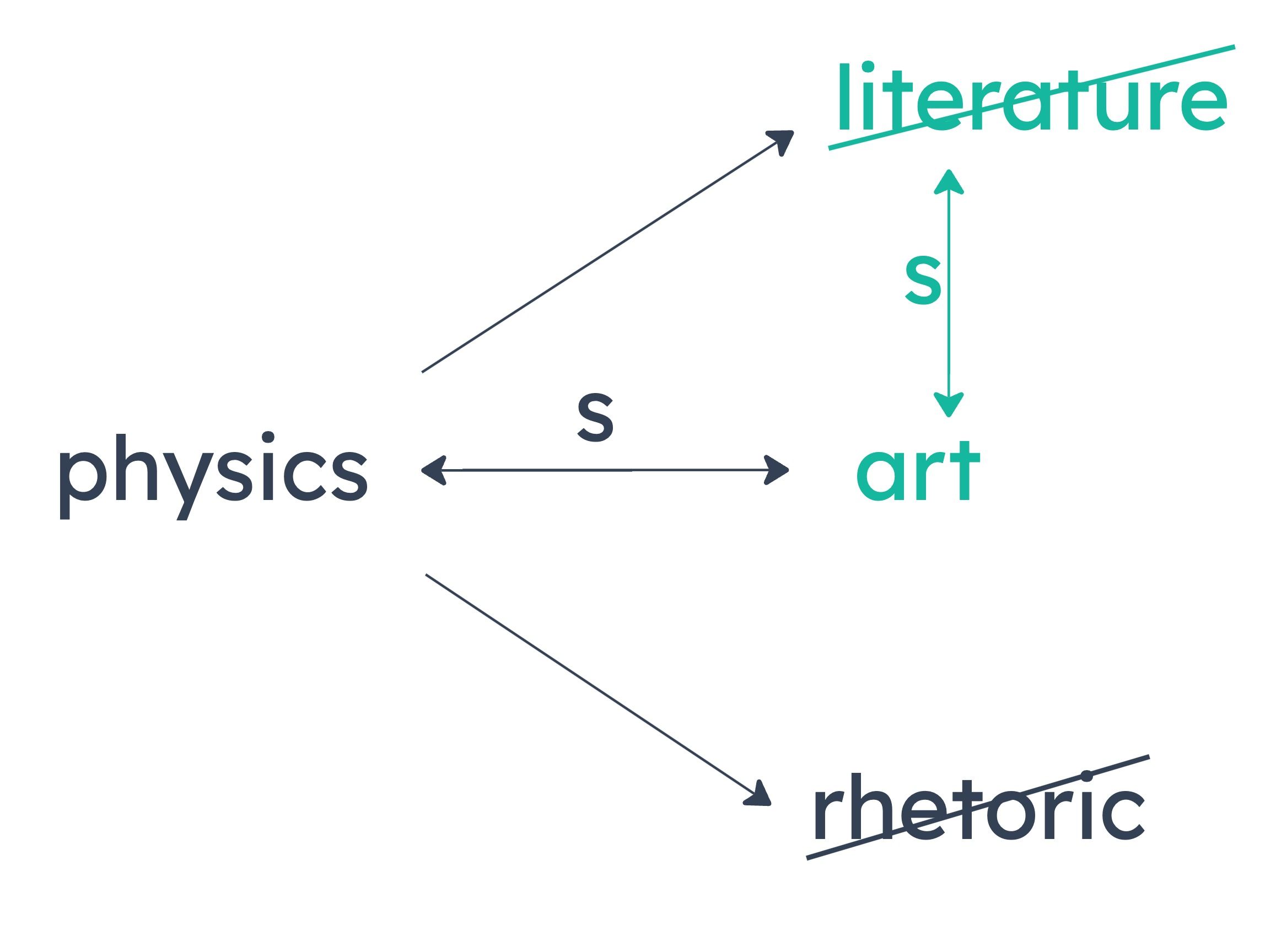Lana: But television is expressly for the viewing public. So a producer is more like a CEO than like an artist. Just as a company would be foolhardy not to consider consumers’ tastes when developing products, the TV producer must consider viewers’ preferences.
A
is circular
B
relies on a sample of consumers that is unrepresentative of consumers in general
C
infers from the effect produced by an action that the action is intended to produce that effect
D
fails to consider the possibility that painters may in fact try to please the museum-going public
E
offers a faulty analogy
Monique: Art is not simply a passion. The best art critics passionately engage with the artwork, but render their criticism only after shedding all of their biases and consulting general principles of aesthetics.
A
art is not simply a passion
B
good art criticism is sometimes unbiased
C
art critics should not feel emotion toward artworks
D
fairness generally requires minimizing the influence of bias
E
the passionate engagement of the art critic with the artwork is the most important aspect of art criticism
A
Most boulders that have been moved by glaciers have not been moved more than 100 miles.
B
The closest geological source of volcanic rock is 50 miles south of this boulder.
C
The closest geological source of volcanic rock is 50 miles north of this boulder.
D
There are no geological sources of volcanic rock north of this boulder.
E
No other boulders of volcanic origin exist within 50 miles of this boulder.

Some art students aren’t taking rhetoric.
Some students take neither rhetoric nor literature.
A
There are students who are taking art but not literature.

B
None of the students taking literature are taking art.
C
There are students who are taking rhetoric but not literature.
D
None of the students taking rhetoric are taking literature.
E
There are students who are taking both art and literature.
This is a very hard question.
Not because of the argument, which is pretty straight forward. Rather, it's because of a very enticing trap wrong answer choice.
This is a Necessary Assumption question. We know this because the question stem states that the right answer choice "must" be assumed. It's needed. It's necessary.
If you don't know the difference between Necessary Assumptions v. Sufficient Assumptions, review that lesson.
The argument is saying that on a talk show, therapy is expected to be entertaining. I'm wondering, okay, it's expected to be entertaining but that doesn't mean the therapist will make it entertaining. Assuming otherwise is just that, an assumption.
We read on to find out that entertaining --almost always--> not high quality help. Now, this is just begging us to make the assumption that high quality help is to be valued over entertainment. And okay, you can assume that if you want. Just be aware you're making that assumption.
Otherwise, the conclusion that follows - therefore therapists shouldn't do therapy on talk shows - will just seem so natural and obvious to you that you're thinking, well okay then, I think this is a fantastic argument. That's not good because you needed to have seen and felt the gap, the assumption made.
Piecing the two premises together, we only get to say that therapists doing therapy on talk shows are expected to do something that's likely going to result in less-than-high-quality-therapy.
So what are the chances that they will provide less-than-high-quality-therapy? Well that depends on the chances that they do what the talk show expects them to do. We can change this number around later, but let's just say they're 70% likely to do what they're expected to do, so they're 70% likely to provide less-than-high-quality-therapy.
Does it follow from that statement that therapists should not do therapy on talk shows?
Only if we draw a bridge between those two statements.
So, hey, look at (C). It draw an awesome bridge. It says that anytime there is even a chance that the therapy might be less than high quality, it should not be provided. Think about what that means. It's setting a very low trigger. What if there is only a 2% chance of us providing less than high quality therapy? (C) would trigger and it would say "Sorry, a chance exists, so no go."
Now, for our case, the chances that on our therapist will provide less-than-high-quality-therapy on the talk show is a whopping 70%. Of course (C), with its low trigger, triggers and helps our argument a lot.
But we call that a sufficient assumption, not a necessary assumption. Remember your first lesson in Necessary Assumptions? You can see this just by tossing (C) out. You can deny that the trigger has to be that low. You can raise the trigger by, say, 10% and it would NOT wreck our argument. In fact, that's still low enough to trigger for our premises.
So you see that (C) really is not necessary.
(E) sets the trigger just right. It increases the trigger from (C) to just around 70%. The trigger condition is set to match the condition laid out in the two premises.
Frank: What you conclude is itself a general rule. If we assume that it is true, then there is at least one general rule that has no exceptions. Therefore, you must withdraw your conclusion.